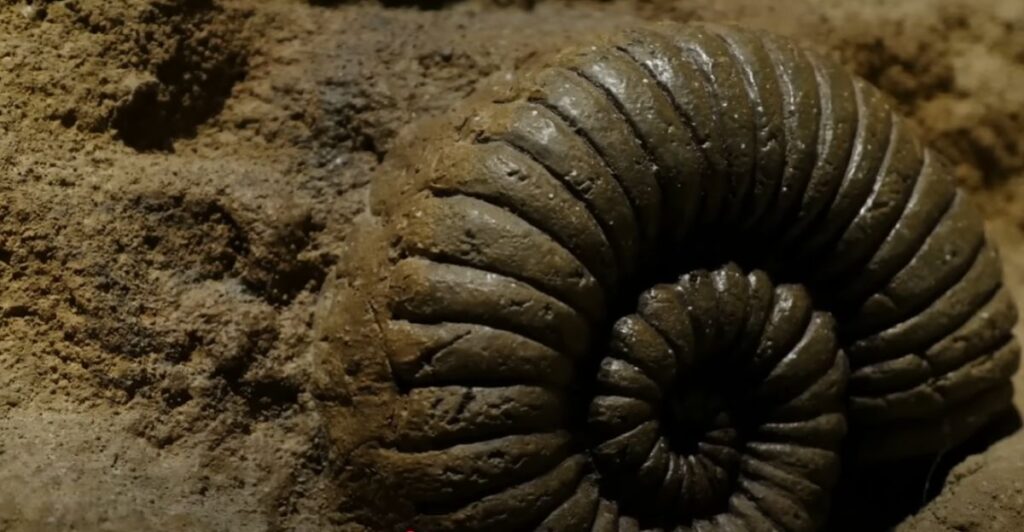
Fossil discoveries often captivate us, but a few stand out for their extraordinary rarity and detail. One such find, unearthed from ancient rock layers, is a 520-million-year-old specimen that has left scientists in awe. So, let’s look at 12 surprising facts about this discovery.
1. A Fossil Older Than Dinosaurs
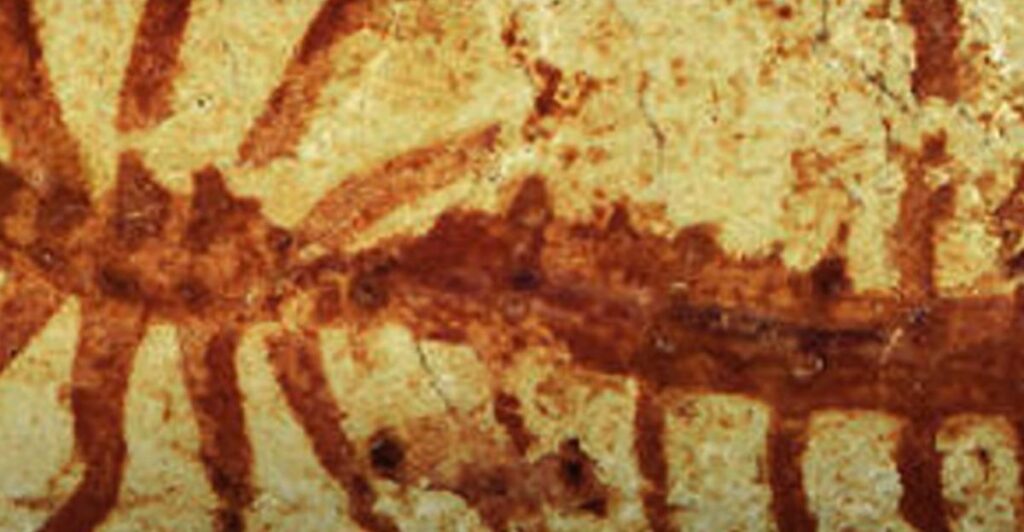
Dating back 520 million years, this fossil predates dinosaurs by over 300 million years. It comes from the Cambrian Explosion, an era of unparalleled biodiversity. Discovered in the fossil-rich Chengjiang biota of China, this tiny larva stands out for preserving not just its outer structure but its internal anatomy as well.
2. A Tiny Creature With a Big Evolutionary Role
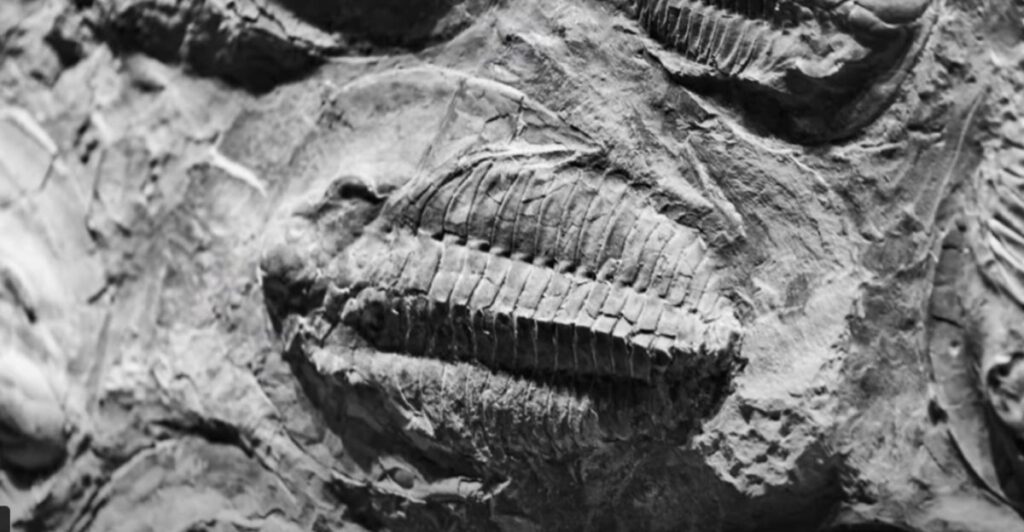
Despite its small size, this larva is an evolutionary giant. It belongs to an early arthropod group that gave rise to millions of species, including crabs and insects. This discovery bridges the gap between primitive creatures and modern arthropods, revealing how traits like segmentation and exoskeletons began to evolve.
3. An Ancient Brain Preserved Perfectly
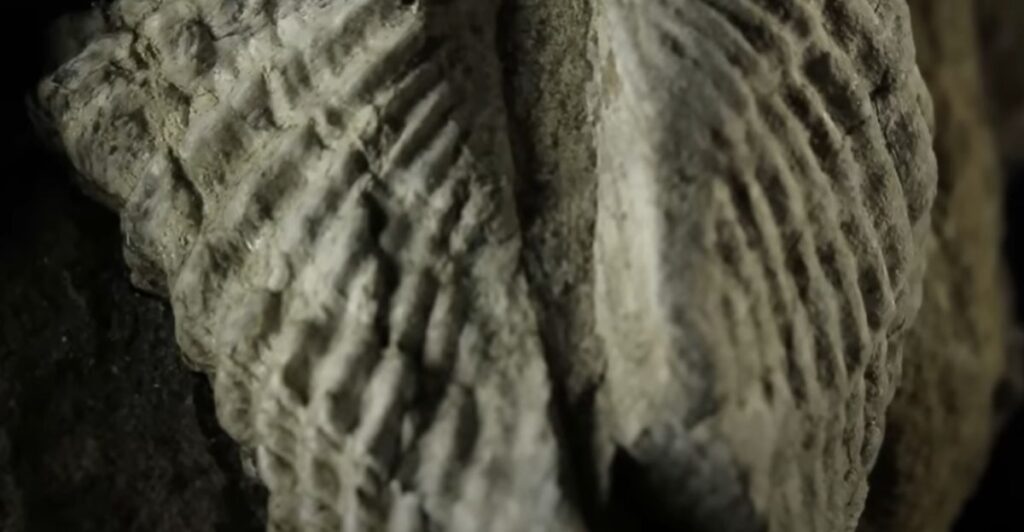
The fossil’s brain is quite well-preserved, showing three distinct regions. This tripartite structure is a hallmark of modern arthropods, and its presence in such an ancient creature might prove that advanced neural systems evolved much earlier than previously thought, reshaping our understanding of arthropod neuroanatomy.
4. Guts That Tell a 520-Million-Year-Old Story
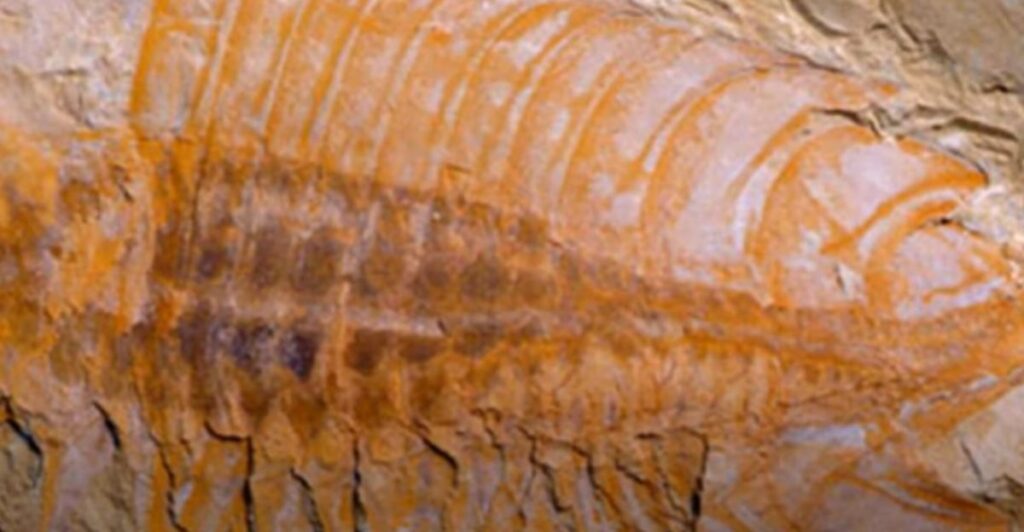
The larva’s digestive system, preserved alongside its brain, is another rare find. Its gut runs the length of its body, much like in modern arthropods. It suggests an efficient design for processing food, likely microscopic organisms from its environment. Plus, it provides vital clues about Cambrian-era diets and ecological interactions.
5. Life During the Cambrian Explosion
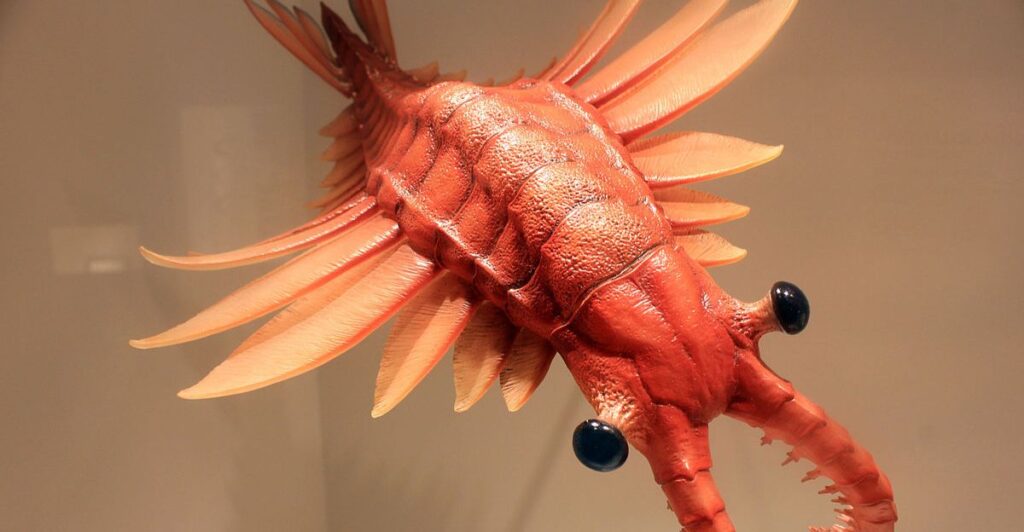
This larva thrived in a world teeming with evolutionary experimentation. The Cambrian seas were filled with creatures like trilobites, sponges, and predators such as Anomalocaris. These ecosystems were dynamic and diverse, serving as the cradle of modern animal groups. Hence, the fossil sheds light on how early arthropods thrived.
6. The Rare Preservation of Soft Tissues
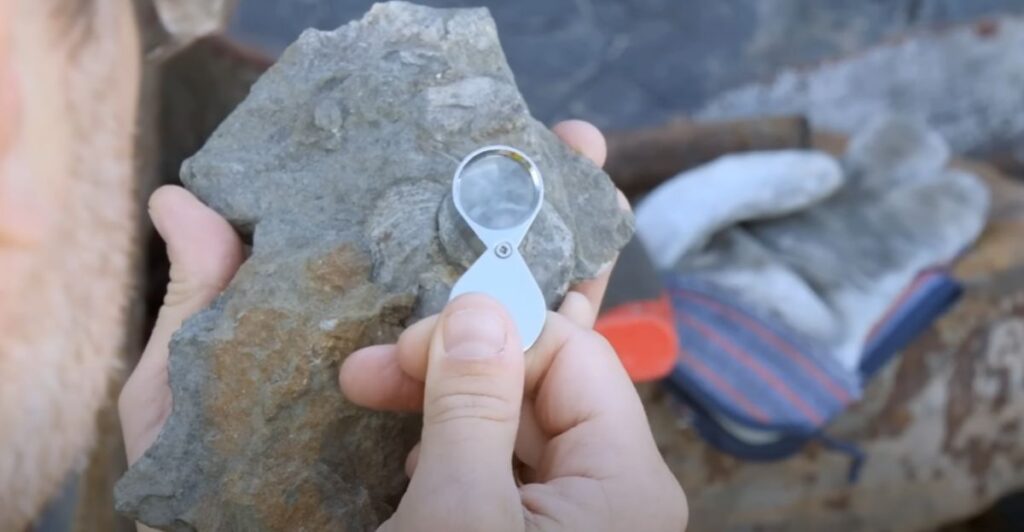
Soft tissues like brains and guts usually decay quickly, making this fossil an extraordinary find. After the larva died, it was rapidly buried in fine sediment, which prevented decomposition. Over millions of years, minerals replaced the organic material, creating a detailed cast. This rare process, called exceptional preservation, captures details usually lost to time.
7. Early Arthropod Adaptations Revealed
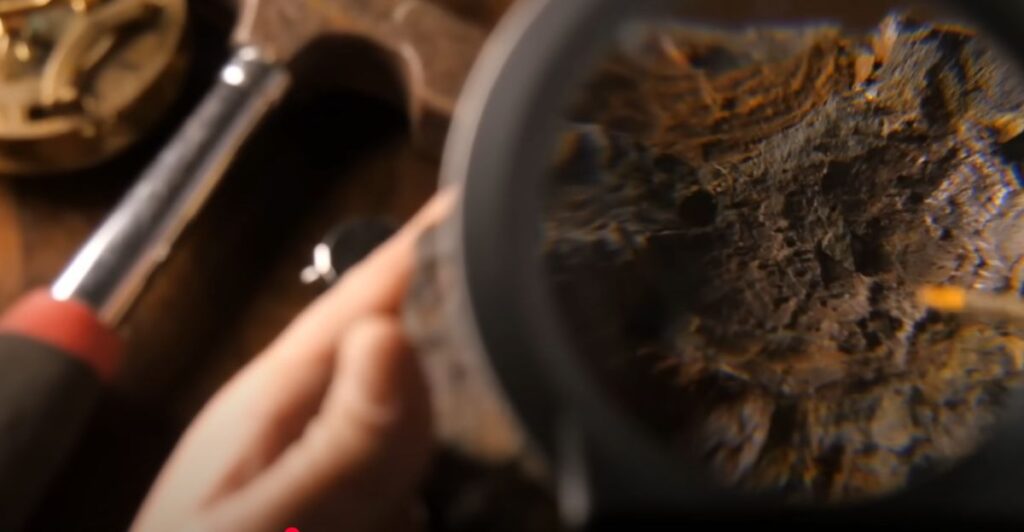
The larva showcases how early arthropods began developing specialized features. Its streamlined body likely helped it swim efficiently, while sensory structures enabled it to detect food and evade predators. These adaptations set the stage for the incredible diversity seen in modern arthropods, from spider webs to crustacean claws.
8. Insights Into Ancient Nervous Systems
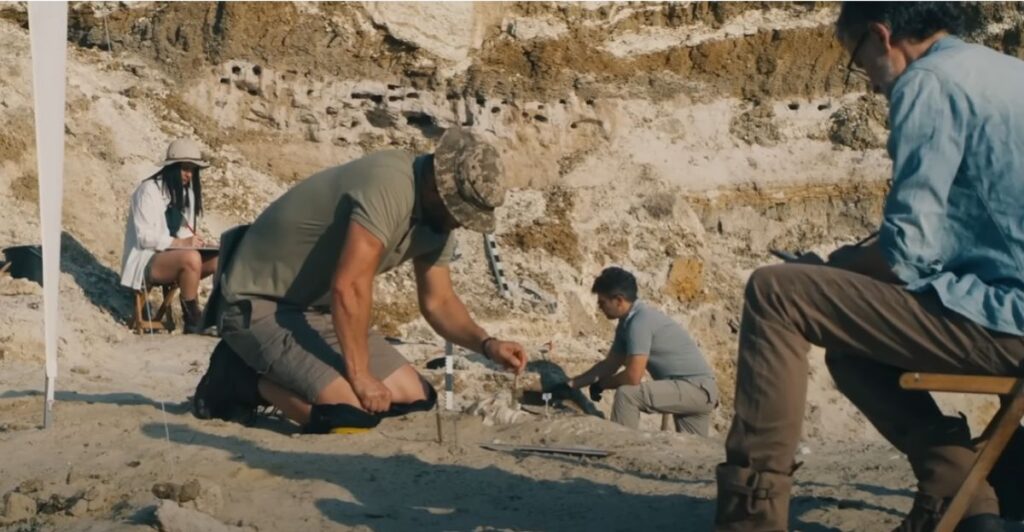
Preserved brain structures from this fossil give clues about ancient nervous systems. Scientists suggest the larva possessed refined sensory and motor abilities. Such early adaptations may have given arthropods the upper hand, paving their path to dominance in marine ecosystems.
9. A Fossil Treasure Trove
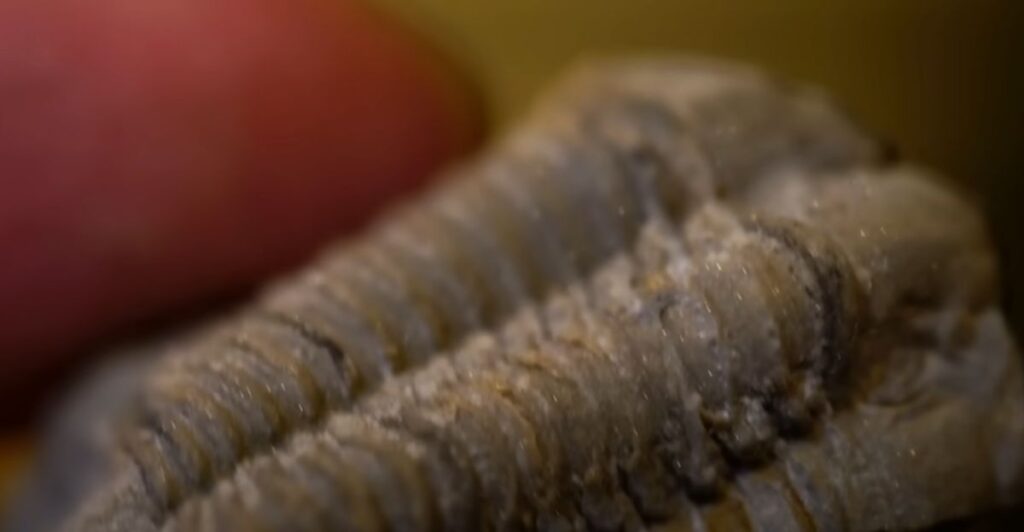
Chengjiang Biota is a site in southern China known for its exceptional preservation of Cambrian-era life. This area has yielded thousands of fossils, including soft-bodied creatures rarely seen in the fossil record. The larva stands out as one of the most detailed finds from this ancient treasure trove.
10. Shifting the Evolutionary Timeline
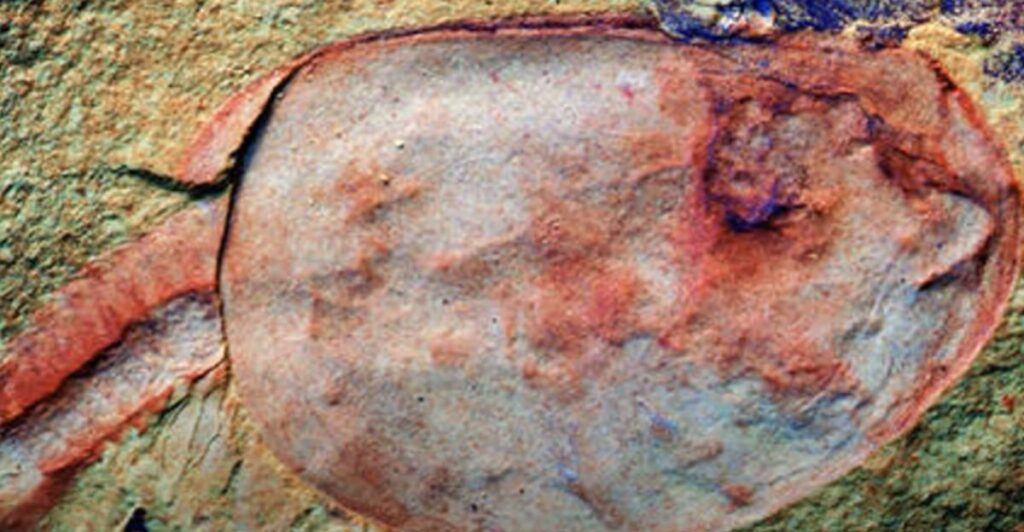
Features like advanced brain and gut structures in this fossil push back the timeline for the evolution of complex body systems. Previously thought to have emerged later, these features are now known to have existed over half a billion years ago. This discovery challenges long-held assumptions about early arthropod development.
11. Does the Fossil Fill Evolutionary Gaps?
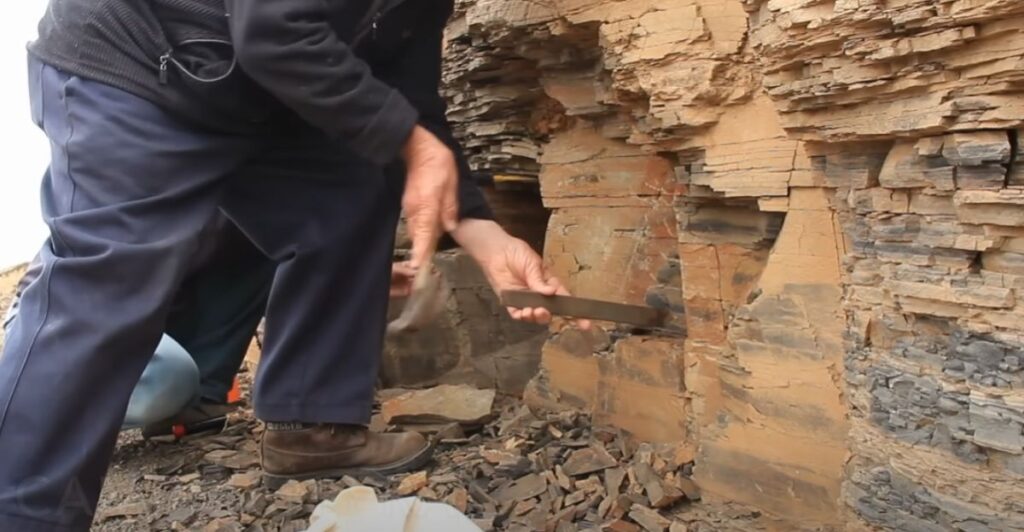
This larva tries to bridge critical gaps in the arthropod evolutionary tree. There are possibilities that its features might link primitive Cambrian organisms to the specialized arthropods we see today. By studying its anatomy, there is a chance that scientists can trace the step-by-step development of numerous traits.
12. Why This Discovery Matters Today
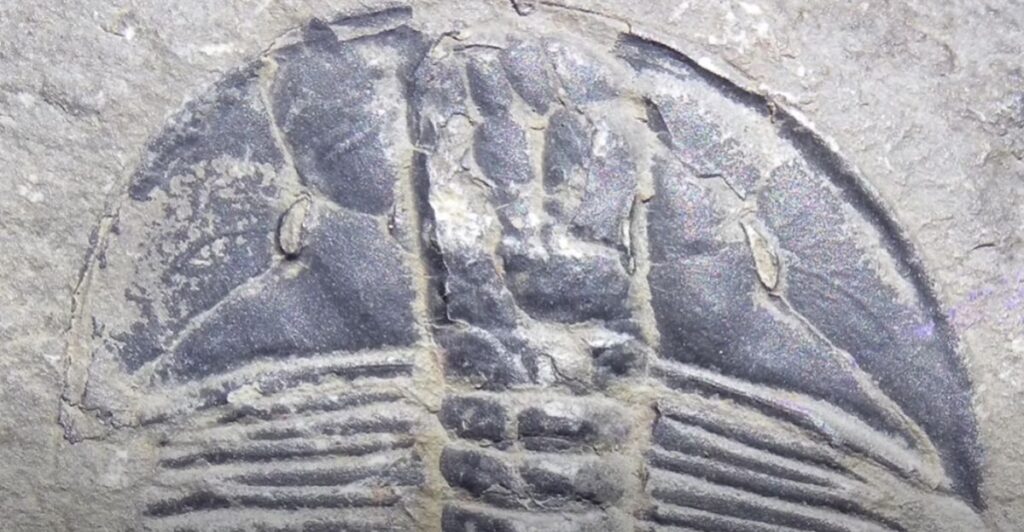
Beyond its scientific importance, this fossil highlights the power of preservation and the value of studying ancient life. It deepens our understanding of how modern arthropods evolved and adapted, reminding us of the connections between life’s past and present.
Stay connected with us for more stories like this! Follow us to get the latest updates or hit the Follow button at the top of this article, and let us know what you think by leaving your feedback below. We’d love to hear from you!







